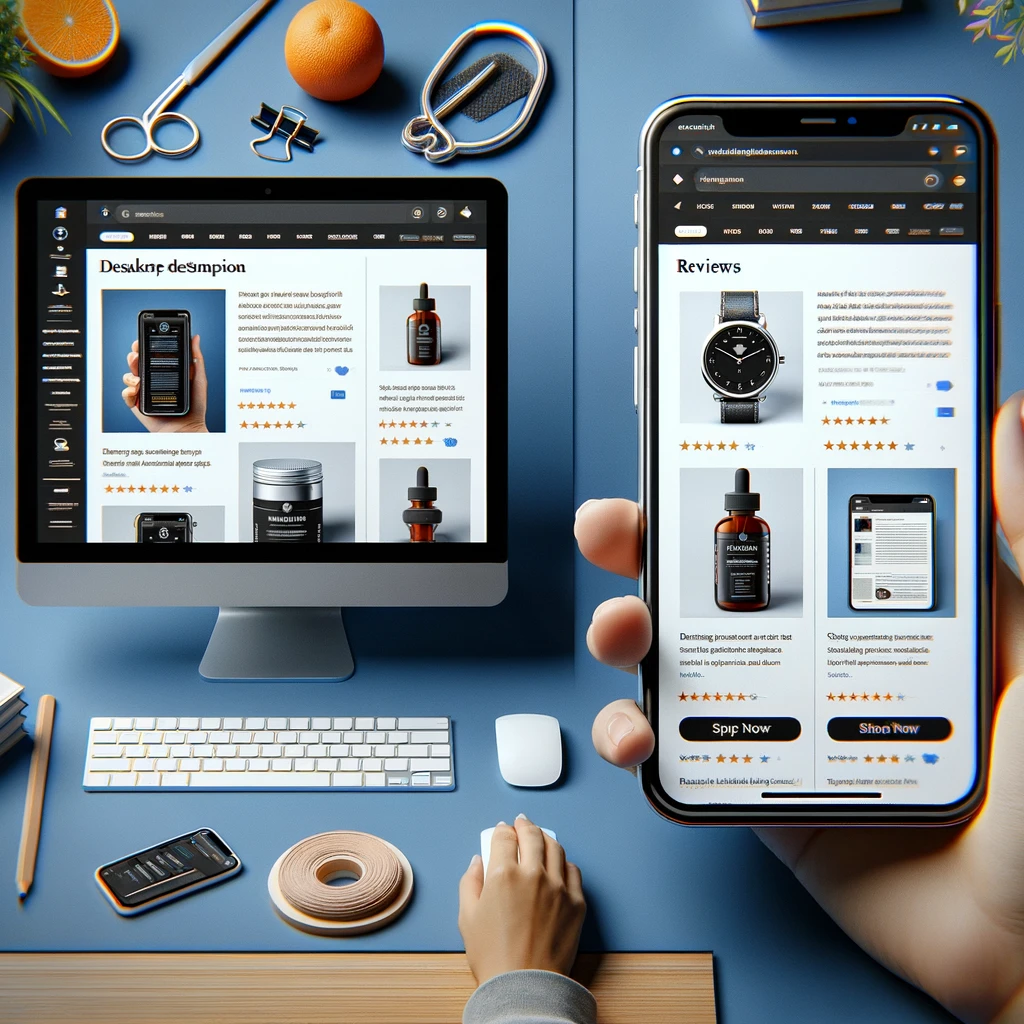In the competitive world of e-commerce, having an SEO-friendly product description can be the difference between your product being discovered by potential customers or getting lost in the vast sea of online offerings. An effective product description not only informs and persuades your audience but also enhances your search engine ranking. Here’s a comprehensive guide to crafting product descriptions that are both engaging and SEO-friendly.
1. Understand Your Audience
Before you start writing, it’s crucial to understand who your audience is. Consider the following questions:
- Who are your ideal customers?
- What are their needs and preferences?
- What language and tone resonate with them?
By tailoring your product descriptions to your target audience, you can create content that speaks directly to their interests and motivations, increasing the likelihood of conversion.
2. Conduct Keyword Research
Keyword research is the backbone of any SEO strategy. Identify the keywords and phrases your potential customers are using to search for products similar to yours. Use tools like Google Keyword Planner, Ahrefs, or SEMrush to find relevant keywords with a good balance of search volume and competition.
3. Write a Compelling Product Title
The product title is often the first thing both search engines and potential customers will see. Make sure it includes the main keyword and clearly describes the product. For example, instead of “Stylish Jacket,” use “Men’s Stylish Leather Jacket – Black.”

4. Craft an Engaging Meta Description
The meta description is a brief summary of your product that appears in search engine results. It should be concise (around 150-160 characters) and include the main keyword. This snippet plays a critical role in attracting clicks, so make it engaging and informative.
5. Use Keywords Strategically
Incorporate your primary and secondary keywords naturally throughout the product description. Avoid keyword stuffing, as it can make your content difficult to read and may be penalized by search engines. Aim for a keyword density of about 1-2%.
6. Focus on Benefits and Features
While features describe the product, benefits explain how it solves a problem or improves the customer’s life. Use a mix of both to give a complete picture. For example, instead of just saying “Waterproof material,” you could say “Stay dry in any weather with our waterproof material, perfect for outdoor adventures.”
7. Make It Scannable
Online shoppers often skim through content, so make your descriptions easy to read. Use short paragraphs, bullet points, and subheadings to break up the text. This enhances readability and ensures important information is easily accessible.
8. Incorporate High-Quality Images and Videos
Visual content is essential for product descriptions. High-quality images and videos can showcase your product from different angles and in various contexts. Ensure all images have descriptive, keyword-rich alt text to improve SEO. If you are already paying attention to quality content and want to ensure that your competitors cannot use it, it is worth installing the WPACP plugin for SWTE plugins.
9. Highlight Unique Selling Points (USPs)
What sets your product apart from the competition? Highlighting unique features, materials, or benefits can make your product more appealing. Be sure to emphasize these USPs in both the description and the product title.
10. Encourage User-Generated Content
Customer reviews and ratings can significantly impact purchasing decisions and improve SEO. Encourage satisfied customers to leave reviews and share their experiences. This not only adds credibility but also provides fresh, keyword-rich content for your product page.
11. Optimize for Mobile
With the increasing number of mobile shoppers, ensuring your product descriptions are mobile-friendly is crucial. Use responsive design, and make sure text and images load quickly and correctly on all devices.

12. Include a Clear Call to Action (CTA)
Guide your customers towards the next step with a clear and compelling CTA. Whether it’s “Add to Cart,” “Buy Now,” or “Learn More,” a strong CTA can drive conversions and improve user experience.
Conclusion
Writing an SEO-friendly product description involves more than just listing features and specifications. By understanding your audience, conducting thorough keyword research, and focusing on readability and engagement, you can create product descriptions that not only rank well in search engines but also drive conversions and enhance customer satisfaction. Implement these strategies, and watch your product pages climb the search engine rankings while attracting and converting more customers.



